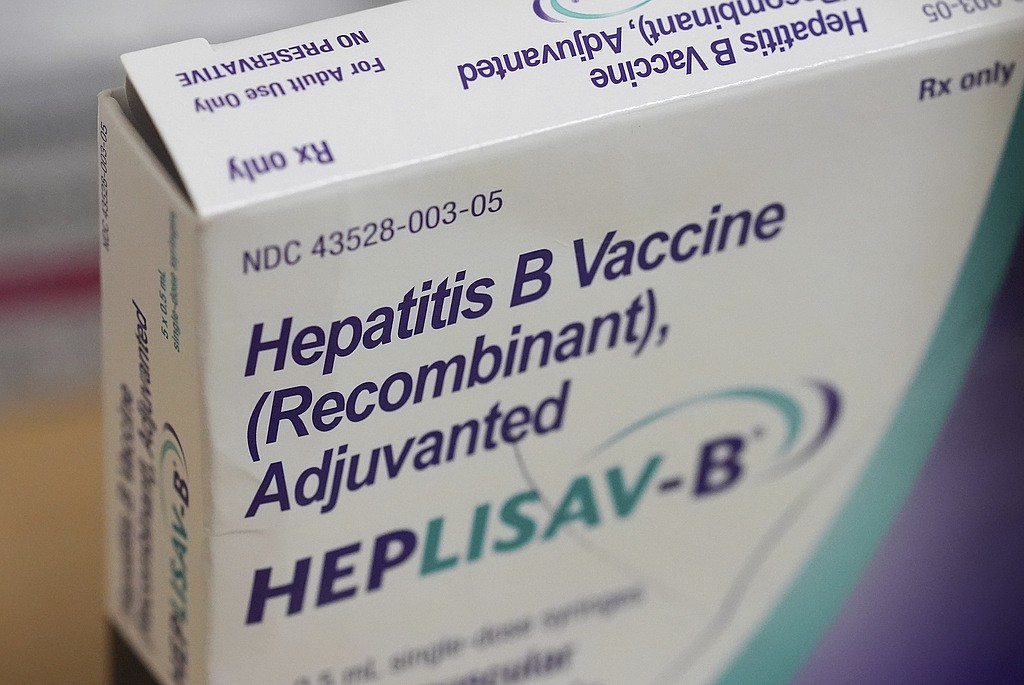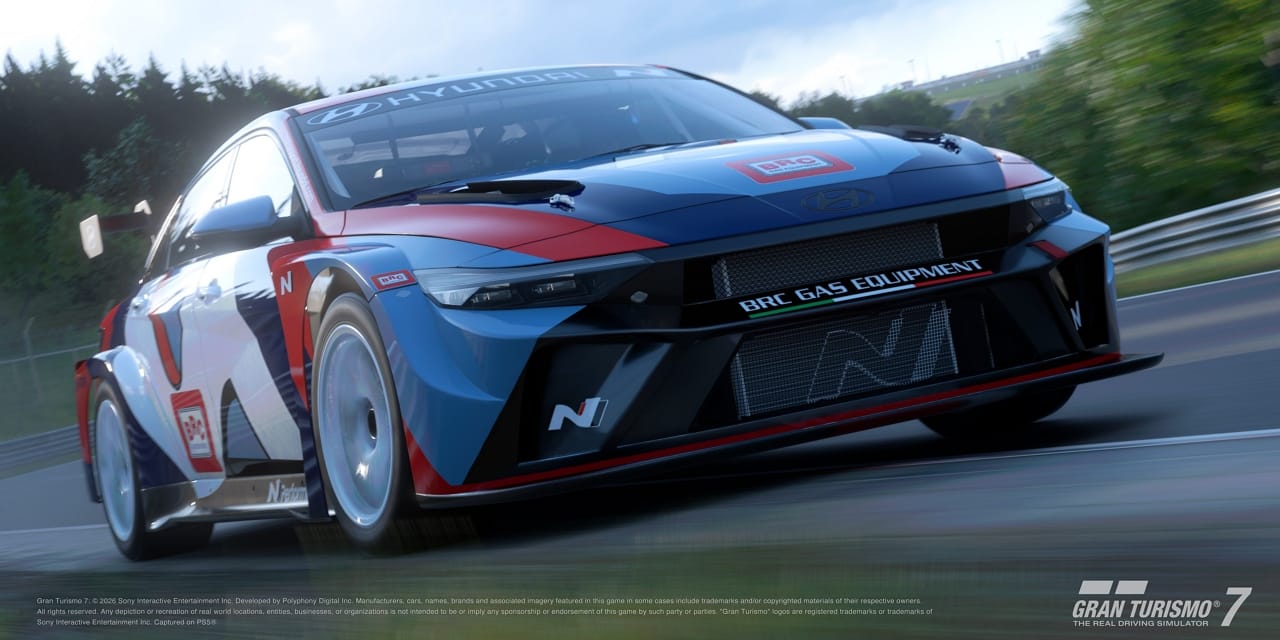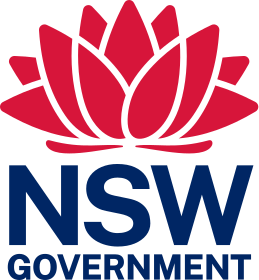- Pakistan president calls for facilitating trade, business interactions with Iraq Arab News
- Current levels of bilateral trade do not reflect the true potential of Pakistan-Iraq relations: President Zardari Dawn
- Pakistan, Iraq express resolve to…
Blog
-
Pakistan president calls for facilitating trade, business interactions with Iraq – Arab News
-
Various sections of motorway closed due to dense fog – RADIO PAKISTAN
- Various sections of motorway closed due to dense fog RADIO PAKISTAN
- Karachi experiences foggy morning, ‘very unhealthy’ air, flight disruptions Dawn
- Winter woes: dense fog engulfs city The Express Tribune
- Flights rescheduled, cancelled amid…
Continue Reading
-
USC 61-57 California (Dec 21, 2025) Game Recap – ESPN
- USC 61-57 California (Dec 21, 2025) Game Recap ESPN
- USC women’s basketball edges California in Bay Area Women’s Classic thriller, but Jazzy Davidson’s 24 points weren’t enough to be the real story Red94
- Cal hangs tough, but can’t stop Jazzy…
Continue Reading
-

Hands On: Ulysse Nardin UR-Freak
One of the standout releases from Dubai Watch Week was the UR-Freak, a collaboration between Ulysse Nardin (UN) and Urwerk that embodies some of the most enduring motifs of each brand. More UN than Uwerk, the UR-Freak nonetheless incorporate’s…
Continue Reading
-

Arkansas reviewing new federal guidelines on hepatitis B vaccinations | The Arkansas Democrat-Gazette
The Arkansas Department of Health is examining its “updated immunization policy,” but does not expect any change to…
Continue Reading
-

Hyundai Motor Debuts ELANTRA N TCR in Gran Turismo 7, Expanding Its Presence in e-Motorsport
Hyundai Motor Debuts ELANTRA N TCR in Gran Turismo 7, Expanding Its Presence in e-Motorsport
Hyundai Motor Debuts ELANTRA N TCR in Gran Turismo 7, Expanding Its Presence in e-Motorsport
On December 21, during the Gran Turismo World Series Final, (from right) Kazunori Yamauchi, President of Polyphony Digital and Gran Turismo Series Producer, and Joon Park, Vice President of N Brand Management Group at Hyundai Motor Company, announce the upcoming Gran Turismo update scheduled for January, which includes the addition of the ELANTRA N TCR.
On December 21, during the Gran Turismo World Series Final, (from right) Kazunori Yamauchi, President of Polyphony Digital and Gran Turismo Series Producer, and Joon Park, Vice President of N Brand Management Group at Hyundai Motor Company, announce the upcoming Gran Turismo update scheduled for January, which includes the addition of the ELANTRA N TCR.
Continue Reading
-

NSW TrainLink’s refreshed menu in time for peak summer travel season
New items have been added to the on-board menu of NSW TrainLink’s long distance train services in time for summer’s peak travel season.
Some of the most popular new items are rice paper rolls, granola yoghurt and specialty flavoured pies such as beef, cheese and bacon and chicken and mushroom.
Other recent additions are a snack pot – carrot and celery with hummus – salad bowls, a chicken and avocado panini, and an Italian club baguette.
There are also some new additions that were introduced in winter and have stayed on the menu for summer, such as butter chicken and rice.
NSW TrainLink regularly reviews its menu and changes it seasonally to keep it fresh and appealing, while retaining popular favourites on its existing menu.
The menu develops as a result of trends, customer feedback and advice from NSW TrainLink staff about what passengers like and what types of foods and snacks work well on long rail journeys.
Menu items are served daily on the buffet cars of the XPTs and XPLORERS which travel to Brisbane, Melbourne, Canberra, Casino, Moree, Armidale, Griffith and Dubbo.
As part of a recent menu refresh, some hot meals are now served in segmented containers so that components like rice and meat are in separate compartments, helping to preserve texture and flavour when heated.
Where possible, NSW TrainLink uses food sourced from regional areas and the current menu includes pies and sausage rolls from a bakery in the state’s central west.
NSW TrainLink will continue to cater for dietary needs including offering gluten free, halal, and vegetarian menu options.
Chief Executive Roger Weeks said NSW TrainLink is continually looking at ways to improve customers’ experience of long-distance train travel.
“We have listened to our passengers about what food options they’d prefer and we hope they love the modern, fresh additions such as healthy snacks and substantial meals while retaining old favourites like pies,” Mr Weeks said.
“So far, the feedback from our passengers about the refreshed menu has been positive.
“In line with our commitment as an affordable public transport provider, our menu is also budget friendly, with all items priced under $20 and best sellers like Devonshire tea, complete with two scones and jam and cream, for $8.50.
“Coming into our peak travel season of Christmas and the summer holiday period, we look forward to helping people sit back and enjoy the journey, perhaps enjoying a bite or a drink while we take care of the driving.”
Continue Reading
-

Buffs Fall to Sun Devils in Conference Opener, 79-63
TEMPE, Ariz. – The Colorado women’s basketball team (9-4, 0-1 Big 12) fell to Arizona State (14-0, 1-0 Big 12), 79-63, at Desert Financial Arena on Sunday, Dec. 21.
The Buffs started slow in their Big 12 opener but overcame a…Continue Reading
-

Scientists achieve new level of controls over molecules
Scientists have achieved a new level of control over molecules as they were able to manipulate a calcium monohydride molecular ion — made up of one atom of hydrogen and one atom of calcium. This feat, achieved by physicists at the National…
Continue Reading
-
Xiaomi 17 Ultra launching on December 25 with new LOFIC camera – Huawei Central
- Xiaomi 17 Ultra launching on December 25 with new LOFIC camera Huawei Central
- Price of Xiaomi 17 Ultra to increase, but Xiaomi executive prioritizes value XiaomiTime
- Xiaomi 17 Ultra Will Launch With 200MP Camera On Dec 25 Trak.in
- Xiaomi 17 Ultra…
Continue Reading